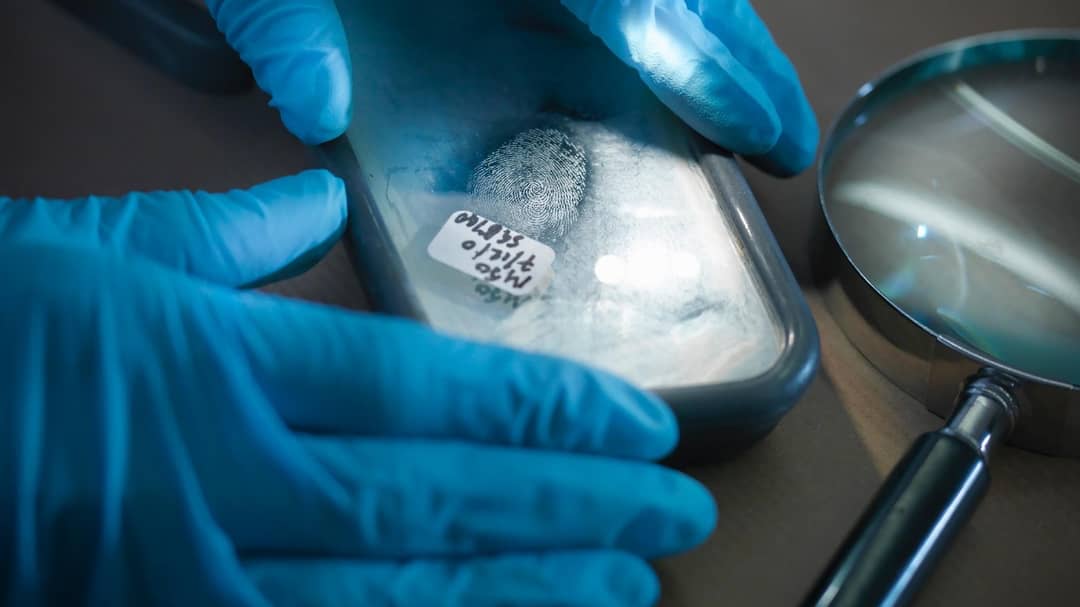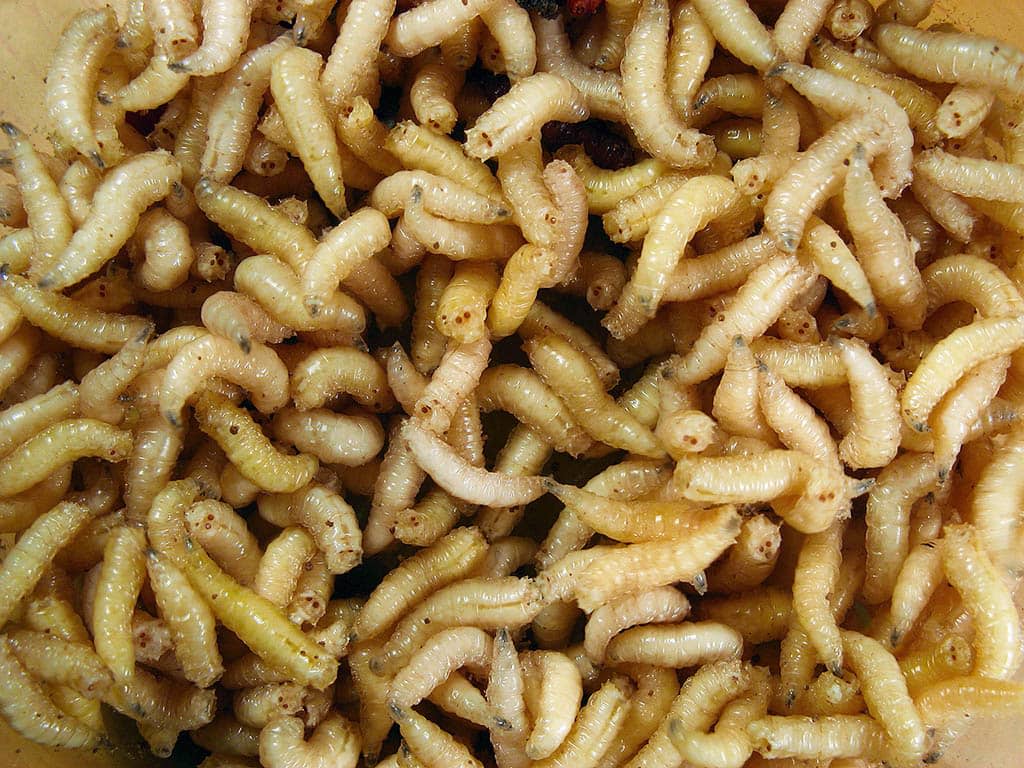Bomb testing fallout a forensic boon for carbon-dating time-of-death
Bomb-pulse dating is a surprising and powerful investigative method otherwise known as ‘radiocarbon dating’.
Humans absorb radiocarbon from the atmosphere, but beginning in the 1950s for a decade until it was banned above ground, widespread nuclear testing threw vast amounts into the air. It’s since seeped into oceans and plants, but those who died in the 1970s, for example, will have higher ‘bomb carbon’ levels, particularly carbon-14, than those from the 1990s.

But there’s more to it than that, Johnstone-Belford explains to Lens.
“Carbon-14 is a naturally-occurring isotope of carbon,” she says, “but it was increased throughout the ’50s and ’60s when we had a lot of worldwide nuclear bomb testing.
“The levels of it increased by about double in 10 years, so there was a massive peak. And then the nuclear testing ban came into effect in 1963. So since then levels have been declining back to pre-nuclear testing levels, and we call this the bomb-pulse curve.
“Using this curve, we can only date remains from 1950 to modern day. The carbon-14 is in the environment, it gets converted into carbon dioxide, which then gets absorbed into the plants through photosynthesis, and we eat the plants.
“It's in the food we eat, it's in the water we drink. It’s in the air, it's in everything, so everyone will have different levels of carbon-14 depending on when they were born, what they eat, their lifestyle.”
Above-ground nuclear testing was considered a pretty bad idea, which is why it was banned so quickly. Johnstone-Belford says the accidental by-product for scientists is one good thing that's come out of it.
Results are mixed, but it’s a busy area of international research. The bomb-pulse dating technique has been used in Europe and the United States, but is much newer in Australia.
An Italian study in 2013 looked at a corpse found in a lake; the person had been shot in the face. Italian police said the body belonged to a 36-year-old male who was born in 1973 and who disappeared at the end of 2009. The researchers were able to examine the hair, teeth and bones through bomb-pulse dating, and date the body as accurately as possible, but data across international studies varies. Even within a year or two is considered worthwhile for police.
Putting a finger on death
Johnstone-Belford says that although preservation-dependent, fingernails could be the key to obtaining more accurate timestamps in forensic work where bodies are unidentified.
Her paper, published in January in the Journal of Forensic and Legal Medicine, says nails “contain 14C levels most consistent with the year of death”, with 91% correctly predicting year-of-death, closely followed by hair, with a 79% correct prediction rate, with both hair and nails having a lag time of zero to one year.

The paper was written in conjunction with Monash’s Adjunct Professor Soren Blau, the Senior Forensic Anthropologist at the Victorian Institute of Forensic Medicine (VIFM), and Dr Joanna Dipnall, a research fellow at Monash’s Data Institutes Futures Institute.
“We're hoping fingernails can be quite useful in some cases where we do have long-term unidentified human remains with otherwise no way to help identify them,” she says.
“Getting a year of death can be very useful in those examinations.”
Puparia, or maggot casings, are also useful.
“They’re the solid casings that the maggots leave behind. They are not as accurate, we've found, as the hair and nail. But, in a lot of cases, they’ll be left behind, whereas the hair and nail won't survive. So, the puparia are still good. Hair and nail both form very quickly – within a year you've grown new hair and new nails.

“The nails gave the best and the most accurate results. But we don't know, with those donors we used, if there was contamination in the hair due to hair dyes or shampoos – there’s a variety of factors that can influence hair more so than nails.”
The ‘donors’ for the study come from the Australian Facility for Taphonomic Experimental Research (AFTER) near Sydney, a ‘body farm’ set up in 2016 to help forensic investigators study human decomposition under various conditions or crime scene scenarios.
“AFTER is a facility where members of the public can donate their bodies for forensic research. The bodies are placed outdoors, but are covered in cages to prevent any animals scavenging.
“They’re studied as they decompose. A range of different scientists can examine the remains, including entomologists, DNA scientists, and forensic anthropologists.”
Her samples were ‘destructive’, or collected from the body rather than studied in situ.
“I was one of the first researchers to undertake destructive sampling at AFTER, and that’s one of the downsides of bomb-pulse dating – that it requires destructive sampling.”
Helping to identify missing persons
The real-life application is to help identify missing persons.
“Typically this would be for individuals who cannot be identified in any other way. In cases where other methods of identification such as DNA, fingerprints or dental are not possible, then bomb-pulse dating can be considered to assist.”
The samples for Johnston-Belford’s research are sent to the Australian National University or the Australian Nuclear Science and Technology Organisation (ANTSO) – both have the technology to do bomb-pulse dating.
“Samples are run through a chemical process, essentially purifying them so the carbon-14 within the sample can be isolated. And then that gets analysed using the accelerator mass spectrometer, which is a very big, very fancy piece of equipment which essentially uses light beams to track down onto the carbon-14 and determine the concentration of carbon-14 in the sample itself.”
Johnstone-Belford is now conducting another study project into the potential contaminants in hair and nails that might affect carbon levels.
“We know that by-products probably do have an effect and that shampoos and especially hair dye could be very, very damaging to carbon-14. Henna dyes can essentially make it carbon-14 dead. But nails could grow that tiny bit faster and be that tiny bit more accurate. Nails still absorb materials, but not quite to the extent that hair does. Nails typically also don't have as much applied to them.”







